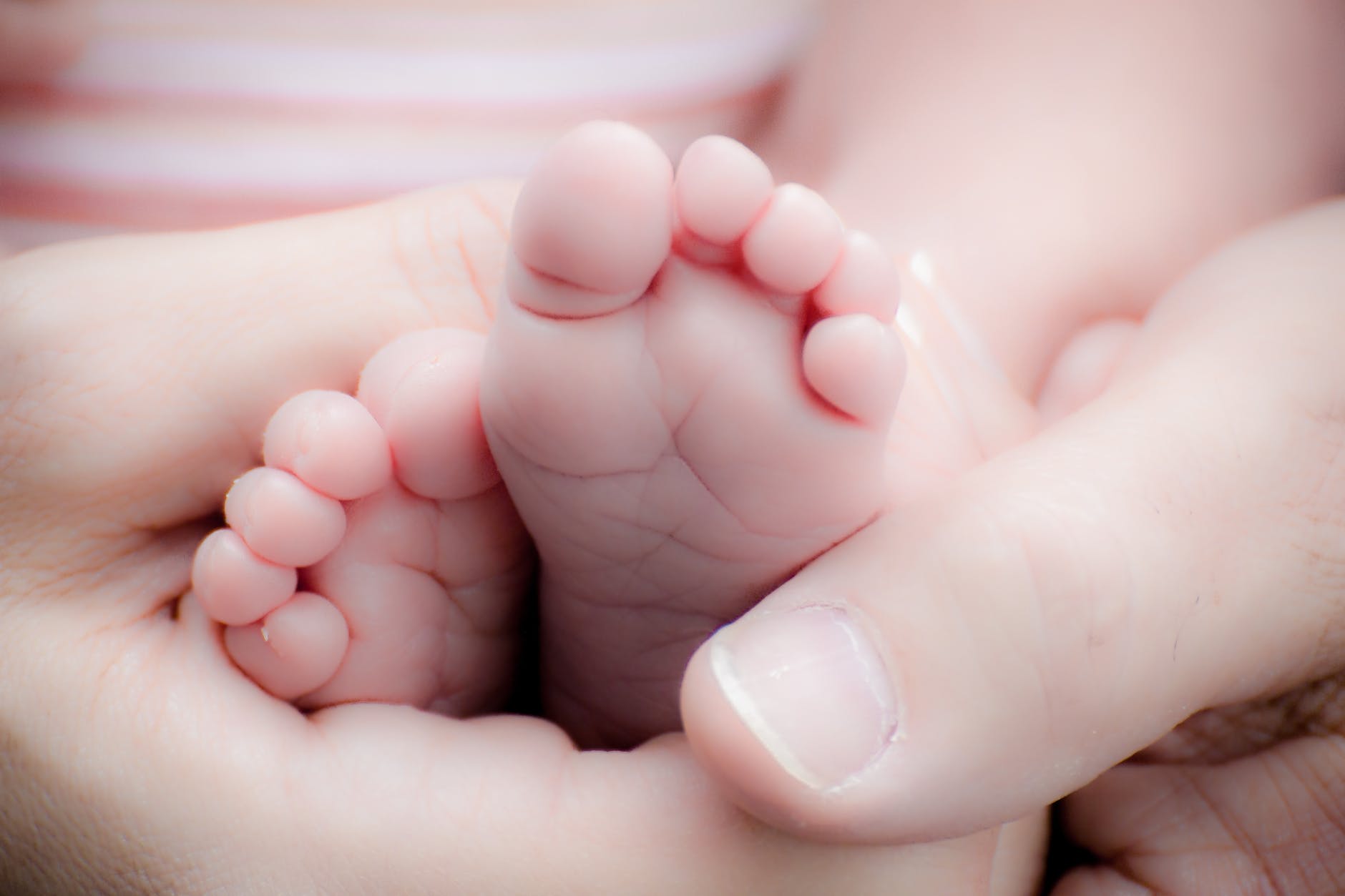Giving birth is one of the most amazing experiences of a woman’s life. After so many months of preparation, the moment is finally here. Unfortunately, when it comes to giving birth to your baby, unforeseen events can occur. The most important thing is to be prepared. Have the confidence in the doctor or midwife you choose and trust in your body. In this article, I will give you the most important information about labor and delivery. All you need to know about C-section and vaginal delivery.
Here we start with the post, all about C-section and vaginal delivery.
Stages of labor.
The process of labor and birth is divided into three different stages:
The first stage begins when you start having contractions, a process that causes progressive changes in your cervix and ends when your cervix is fully dilated( up to 10 cm). This first stage is divided into two phases:
Early labor: Your cervix gradually effaces (thins out) and dilates (start opening).
Active labor: Your cervix begins to dilate more rapidly, and contractions are longer, stronger, and closer together. People often refer to the last part of active labor as the transition.
And finally the last 2 stages of labor:
The second stage of labor begins when you’re fully dilated and ends with the birth of your baby. This is sometimes referred to as the “pushing” stage.
The third stage begins right after the birth of your baby and ends with the delivery of the placenta.
The birth process occurs regularly between week 37 and week 42 of pregnancy. And although it is not known for sure that it leads to the birth process, it is believed that a sudden change in hormones is what starts everything.
Sharing is caring!
C-section and vaginal delivery
What happens in a routine vaginal birth.
- The Amniotic sac begins the process of rupture, a process known as “breaking the water”
- As you proceed through labor, the uterus begins to have more rhythmic and strong contractions, which will push the baby further down the vaginal canal.
- At the same time, these strong contractions will end up opening and dilating the cervix even more, until it reaches 10 cm, which will allow the baby to exit through the vaginal canal.
- The first view of your baby will be the top of the head, followed by the face, neck.
- After the head is delivered, the doctor may perform suction on the baby’s nose and mouth, so the baby can take the first breath.
- And lastly, the final pushes will help the rest of the body to go out, and finally the placenta.
After your baby is cleaned, it is placed in your arms. These moments are magical for the mother and the baby. The first hours are crucial to the bonding process, beginning with the physical contact and ending with the breastfeeding of your baby, this moment should be allowed, sacred and without interference from anyone other than the parents. Your baby for the first time will feel your smell, your warmth. And as expected, this moment of putting your baby on your breasts creates an intense emotional bond between you and your newborn.
Vaginal delivery, pain, and medications.
Most women opt for using pain medication to cope with the intense pain, such as an epidural, at some point during the active phase.
Other mothers choose to perform delivery without medication in a natural way, with relaxation, breathing, and visualization exercises. this technique can help you tremendously to withstand the pain during the active phase of delivery.
A good labor coach can be a huge help now, too. And you’ll probably appreciate lots of gentle encouragement.
It may feel good to walk, but you’ll probably want to stop and lean against something (or someone) during each contraction. You should be able to move around the room freely after your caregiver evaluates you, as long as there are no complications.
If you’re tired, try sitting in a rocking chair or lying in bed on your left side. This might be a good time to ask your partner for a massage. Or, if you have access to a tub and your water hasn’t broken, you can take a warm shower or bath.
My latest video. To visit our YouTube channel, click this link.
Delivery by C-section.
One of three mother’s give birth through C-section in the U.S.
C-section is indicated when:
- The mother had a previous C-section before, within the last 3 years. After 3 years, you can try a vaginal delivery if there is no contraindication.
- The baby is in the breech position, head-up or sitting position.
- The cervix is not dilating as expected, and active labor is not progressing appropriately.
- The doctor thinks that the baby may suffer if a vaginal delivery is performed.
- The baby’s heartbeat starts slowing during labor, or become irregular. In this case, an emergency C-section will be necessary.
- You’re carrying multiples babies. A C-section might be needed if you’re carrying twins and the leading baby is in an abnormal position or if you have triplets or more babies.
- There’s a problem with your placenta. If the placenta covers the opening of your cervix (placenta previa), a C-section is recommended for delivery.
- Mechanical obstruction. You might need a C-section if you have a large fibroid obstructing the birth canal, a severely displaced pelvic fracture or your baby has a condition that can cause the head to be unusually large (severe hydrocephalus).
How is a C-section performed?
Abdominal incision: The doctor will make an incision through your abdominal wall. It’s usually done horizontally near the pubic hairline. The incisions are done layer by layer through fatty tissue and connective tissue and separate the abdominal muscle to access the abdominal cavity.
Uterine incision: The uterine incision is then made, usually horizontally across the lower segment of the uterus (low transverse incision). Other types of uterine incisions might be used depending on the baby’s position within your uterus and whether you have complications, such as placenta previa.
Delivery: The baby will be delivered through that incisions. The doctor will clear your baby’s mouth and nose of fluids, then clamp and cut the umbilical cord. The placenta will be removed from your uterus, and the incisions will be closed with sutures.
C-section medications.
Cesarean delivery requires local anesthesia, to sleep the lower part of the body, the mother remains awake and alert to everything that happens.
As it is a surgery, there are risks, but these risks can be minimized if the doctor who performs it is trained.
The most common risks after a C-section may include:
- Infection in the uterine cavity.
- Hemorrhage postpartum, due to the type of delivery, profuse bleeding may occur after the cesarean section.
- The risk of developing deep vein thrombosis(DVT) is increased, this is a medical condition that needs urgent attention. It occurs when a clot forms inside the deep veins of the mother’s limbs, this clot can reach the lungs and cause complications. That’s why the mother’s mobility after delivery is so important.
- Wound infection.
- Surgical accidents: This is very rare to happen but there are small chances that the doctor can cut the mother’s urinary bladder or other organs adjacent to the uterus during surgery.
- After a cesarean section, Scar tissue is produced in the uterus, for this reason, the risks of abnormalities in the placenta in the following pregnancies will be greater.
Difference between vaginal delivery and C-section.
The 2 methods, C-section and vaginal delivery, are quite safe. Obviously, risks can always exist, but with a reliable doctor, as I mention before, the risks are minimal.
Vaginal delivery requires little or no preparation before, and recovery is faster, with little pain.
On the other hand, the delivery by C-section requires preparation before and certain measures after surgery.
After a C-section, you’ll probably stay in the hospital for a few days. Your health care provider will discuss pain relief options with you.
Once the effects of your anesthesia begin to fade, you’ll be encouraged to drink plenty of fluids and walk. This helps prevent constipation and deep vein thrombosis. Your health care team will monitor your incision for signs of infection. If you had a bladder catheter, it will likely be removed as soon as possible.
You will be able to start breastfeeding as soon as you feel better. Ask your nurse or a lactation consultant to teach you how to position yourself and support your baby so that you’re comfortable. Your health care team will select medications for your post-surgical pain with breastfeeding in mind.
Home care tips after childbirth.
- Take pain medication for at least 5 days, (it is important that you know that some prescription pain medications such as Percocet, cause constipation, I had 2 C-sections and the cesarean pain combined with constipation It is very difficult to carry, try to have a tool softener in your home kit.
- Prepare a postpartum home care kit, the stool softener should be your first item in that kit.
- A lot of rest is important.
- And avoid sex for a minimum of 6 weeks.
Other related posts!!
All about IUD or Intrauterine device.
Caring tips for your postpartum body. Heal painlessly.
Self-care routine for busy moms, the routine that saved my life.
Best tips that will help you feel confident and beautiful while pregnant.
Normal 40 weeks pregnancy and baby ultrasound, your complete guide
Conclusion:
Motherhood is a wonderful experience for any woman, and being able to have a natural and uncomplicated birth is everyone’s dream. Unfortunately, sometimes things happen differently. Me, mother of 2 boys, by C-section. Either birth is natural, one requires more care and preparation than the other. But at the end of the day, the most important thing is that your baby comes out well and without any complications.
I hope this post has been useful to you. thanks for being here.
Zadi, xo











[…] and gestational diabetes. Stay away from tobacco and illegal substances, before opting for an elective C-section discuss the benefits and drawbacks with your […]